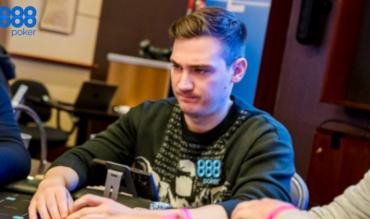We must all accept a sad truth: poker (and life, for that matter) is not always fair.
- Sometimes, things go wrong because we make poor decisions.
- Other times, things go sideways because we made an honest mistake.
- Occasionally, bad things happen through no fault of our own.
No matter the reason, we will all face adversity at the tables.
How we respond to these adverse outcomes can make or break us. Some people are very good at bouncing back from adversity, while others go down in crushing defeat.
The ability to recover quickly from adversity is known as resilience.
A famous Michael Jordan quote sums up what it means to be resilient. He said, “I’ve missed more than 9,000 shots in my career. I’ve lost almost 300 games. Twenty-six times, I’ve been trusted to take the game-winning shot and missed. I’ve failed over and over and over again in my life - and that is why I succeed.”
Resilience is a major component of mental toughness.
The best poker players are high in both as poker definitions. You must do two things well to overcome adversity and show mental toughness.
- Firstly, you have to be able to recognise and accept that something has gone wrong. This ability will allow you to take proactive steps to correct the situation instead of falling into the trap of self-pity.
- Secondly, you must decide not to give up and throw in the towel. You have to be committed to continuous improvement.
Supposing you are keen to become more resilient, what should you do?

7 Areas to Increase Mental Toughness
Research indicates that seven areas can be developed to increase resilience:
- Emotional regulation: Resilient players have a well-developed set of skills that helps them control their emotions, focus, and behaviours.
- Impulse control: If you are high in impulse control, you can manage the outward expression of your thoughts and feelings. You’ll also be better able to delay gratification.
- Understanding the why of bad things (mistakes, poor decisions, poker cheatsheats etc.) Resilient players can step outside of their usual ways of thinking to identify possible causes and, therefore, possible solutions. When you accurately understand the causes of adversity, you can better react to them.
- Self-belief: Resilient players believe that they can learn and improve. This quality helps them have more confidence, which, in turn, helps them make better decisions at the table.
- Realistic optimism: If you want to be resilient, you need to be realistically optimistic. You must remain positive about the future and be realistic about likely obstacles.
- Self-understanding: Being in tune with your emotional state can help you immensely at the table. If you are not good at noticing your emotions, practise watching other players and seeing if you can figure out & label their emotional states accurately. Use this information to understand your mind better.
- Challenge-oriented: Resilient players love a good challenge and are not afraid to take chances and try new things.
Assuming you are committed to “bouncebackability,” to borrow a phrase from former Crystal Palace manager Iain Dowie, and mental toughness in general, you might wonder how to become more mentally tough. So, let’s get into that.
The 4Cs of Mental Toughness
Mental toughness is more than just being resilient. Having a natural or developed edge enables you to cope better with the many demands that poker places on you (including studying, training, dealing with bad beats, etc.).
Mentally tough poker players can remain determined, focused, confident, and in control even in high-pressure situations.
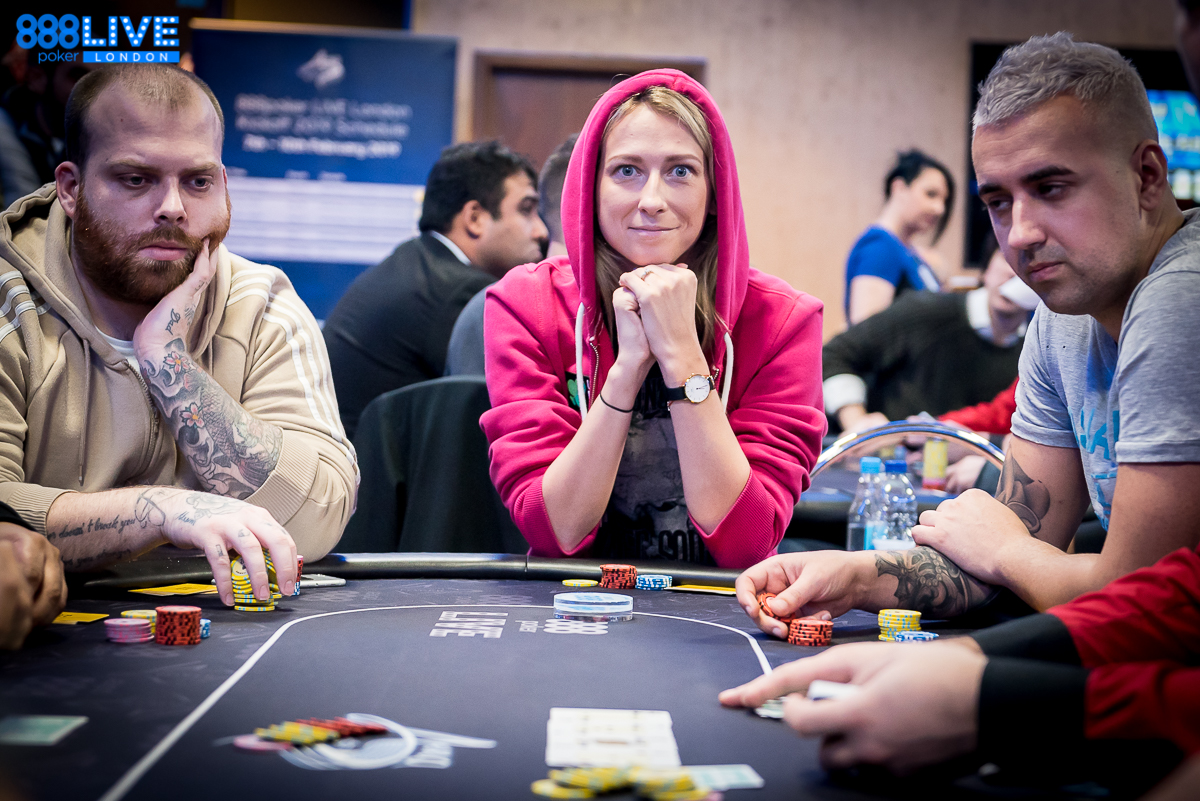
Dr Peter Clough developed the most well-known model of mental toughness. His research found that high-performing athletes do more than bounce back. They are very proactive, too. They have the ability to bounce forward, if you will.
Mentally tough athletes, like the most winningest WPT Poker Tour Champ Darren Elias, seek opportunities to challenge themselves and have confidence in their abilities.
He determined that mental toughness has four components: challenge, commitment, control, and confidence.
- Challenge::How do you view challenges, change, and adversity? Are they opportunities to seize or avoid problems? The mentally tough see hard things as fuel that motivates them to try harder.
- Commitment: What is your level of stick-to-itiveness? How committed are you to plans for improvement? Do you stick with them or give up at the first sign of difficulty or boredom? Mentally tough players are committed to the long haul and have high motivation and focus levels.
- Control: Do you believe you can exert some control over what happens to you? Can you manage your emotions when things go wrong? Sure, we can’t control the cards we get, the flops that come down, or how our opponents choose to play. But we can control the decisions we make with the information we have. And we can manage our emotions not to compound our losses. This skill is mental toughness. Otherwise, if you tend to think you are the unluckiest player in the world, you give up control to the winds of fate.
- Confidence: Do you believe you can face anything that comes your way at the poker table? Do you have the inner strength to make tough poker combo decisions, or do you tend to do what feels good in the moment?
Confidence is critical to mental toughness because confidence makes you more likely to see challenges as opportunities. Confident people also stick to things longer because they believe they will eventually succeed.
As you can see, there is a lot to being mentally tough, and resilience is just one part of the equation.
But how exactly do you become more mentally tough?
Building Mental Toughness
Most psychologists consider mental toughness a personality trait, meaning it’s relatively stable over time. However, many studies have shown that with training, it is possible to increase mental toughness by 20-30%.
So, while it is not easy to change the personality trait of mental toughness, it is very possible to develop it.
Here’s an important caveat: These methods work to varying degrees, and not all work for everyone, and they might not work all the time. It will take trial and error if you want to develop your mental toughness muscles.
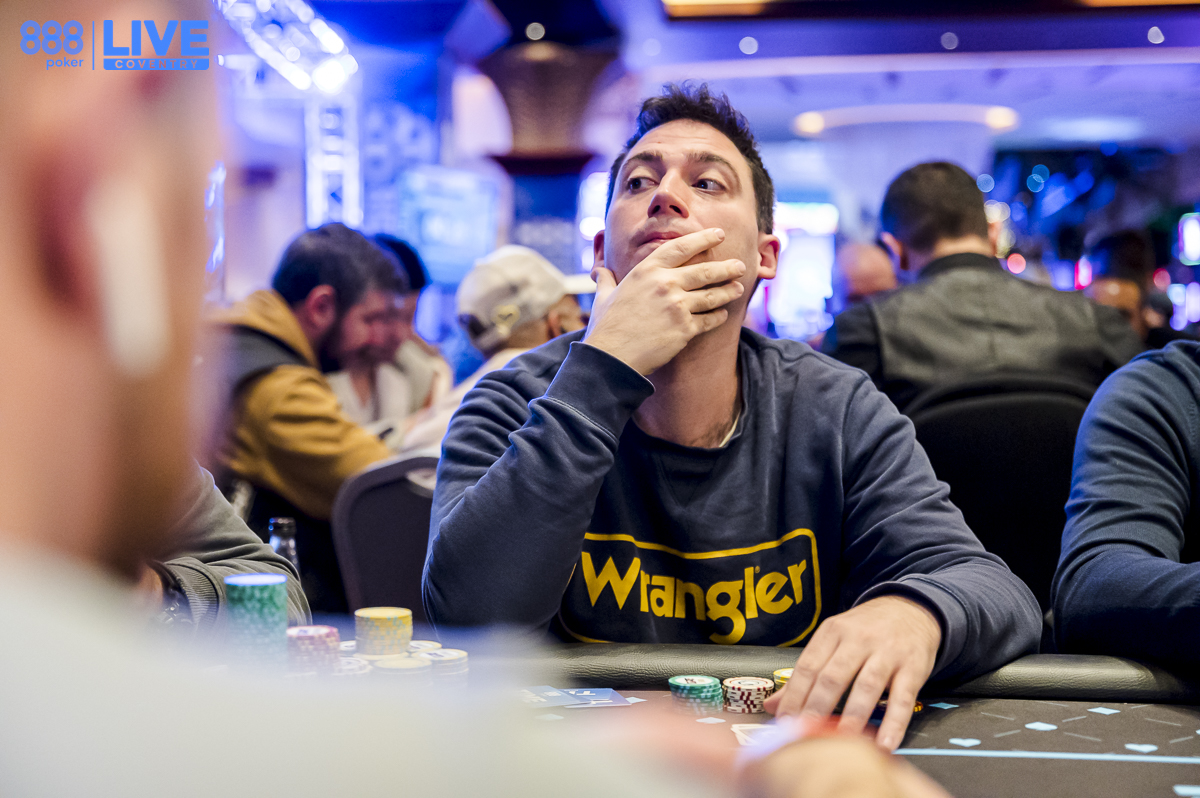
There are five main tools and techniques that are useful for increasing mental toughness:
- Positive thinking
- Visualisation
- Anxiety control
- Attentional control
- Goal Setting
1. Positive Thinking
We are what we think, and if we think we can do something, we are more likely to put in the effort needed. Positive thinking helps us to manage our thoughts, and it typically comes in one of three varieties, much like 3 card poker:
- Learning to think positively.
- Banishing negative thoughts
- Reframing negative thoughts into more positive ones
You can achieve these outcomes by using positive affirmations, personalised statements made in the present tense affirming you can do it!
Affirmations that could be useful at the table include things like the following:
- I make good decisions at the table.
- I play well under pressure.
- I stay calm and focused even when running bad.
If you want to go further, look at the types of self-talk you use. Self-talk is more involved than the affirmations outlined above. Try using it when you need to talk yourself through a situation that is causing you frustration or anxiety.
You can say things like:
- These feelings won’t last forever.
- I know how to manage my emotions. I’m going to concentrate on taking a few deep breaths so I can calm down.
- It’s perfectly natural and normal to feel frustration here. I can have a feeling without being the feeling.
Mindfulness techniques are also very useful when it comes instrumental in encouraging positive thinking and reducing negative thinking. At its core, mindfulness is about being fully present and aware of the current moment without judgment or distraction.
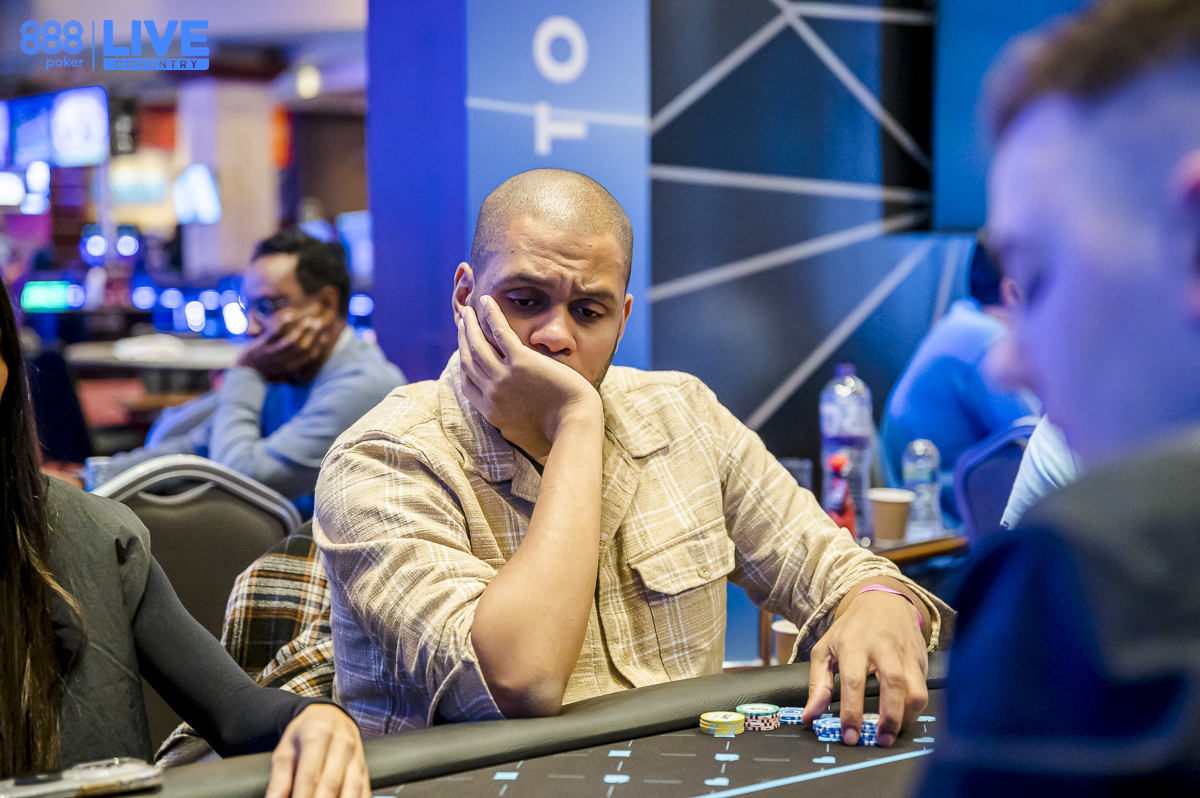
- To use mindfulness for positive thinking, start by observing your thoughts as they come up and acknowledging them without getting entangled. There is no need to do anything about your thoughts; you don’t need to push them down or make them disappear.
- This detachment allows you to recognise negative thoughts without self-criticism. Gradually redirect your focus to more positive or neutral thoughts, perhaps by concentrating on your breathing or the sensations in your body.
- This shift doesn't deny or suppress negative thoughts; instead, it offers a space where positive thinking can grow.
Over time, mindfulness cultivates a mental environment where positive thoughts can flourish, reducing the frequency and impact of negative thinking.
By regularly practising mindfulness, you can develop a more balanced and optimistic outlook, which is likely to increase your mental toughness and resilience.
2. Visualisation
Visualising, or mental imagery or rehearsal, involves creating a detailed mental picture of a desired outcome or process. The technique is closely related to the positive thinking strategies listed above.
It's not just seeing an event or poker hand unfold in your mind's eye but also engaging all senses to create a vivid and immersive experience. Studies show that using visual imagery is far more powerful than words alone.
Most of us visualise already, but we often get fixated on imagining the worst outcomes.
It is essential to visualise in a positive way to build up mental toughness and resilience.
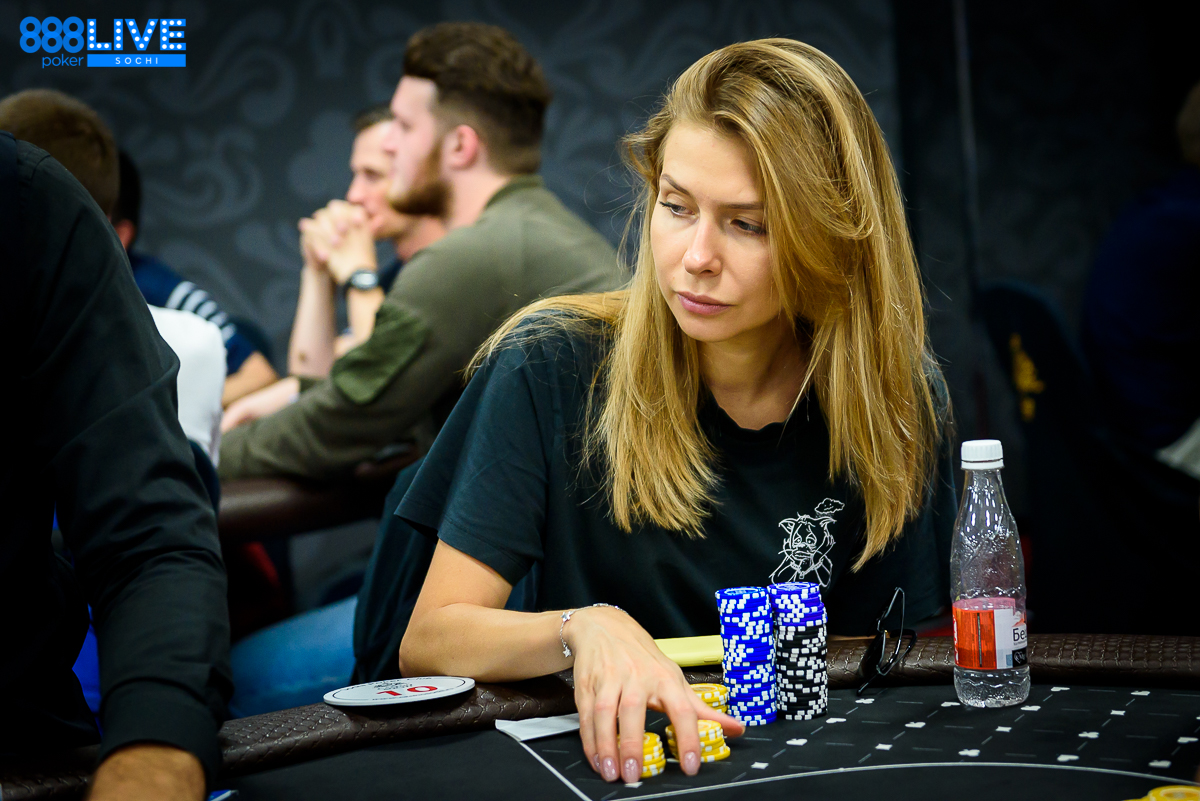
Visualisation can help you develop your mental toughness in several ways:
- Preparation for Stressful Situations: By visualising challenging scenarios and their successful navigation, you can mentally prepare for real-life situations. This process helps reduce anxiety and increase confidence when faced with the actual event.
- Enhancing Coping Strategies: Visualisation lets you mentally practise coping strategies for dealing with adversity or pressure. This process could involve imagining oneself staying calm and focused in the face of setbacks or visualizing the steps to overcome a difficult situation.
- Boosting Resilience: Regular practice of visualisation can strengthen your resilience. By repeatedly seeing oneself succeed in challenging situations, you build a mental well of strength and confidence that you can draw upon during actual challenges.
- Improving Focus and Concentration: Visualisation helps increase your ability to focus and maintain concentration. By repeatedly imagining yourself maintaining focus, you can enhance your ability to stay engaged and undistracted during gameplay.
- Goal Achievement: Visualising the steps to achieve a goal can make the path more transparent and attainable. You can use mental rehearsal to imagine breaking down more extensive, daunting objectives into manageable steps. Now, your overall goal will seem less intimidating.
- Emotional Regulation: Visualisation can also manage emotions effectively. Imagining yourself handling stressful situations with composure helps develop emotional control, a crucial aspect of mental toughness.
Visualisation is a mental tool that can help you experience and navigate challenging scenarios in a controlled, risk-free mental environment.
While it builds the mental toughness required to face real-world challenges, it also enhances overall performance by helping you feel prepared and confident.
3. Anxiety Control
It is not possible to be both relaxed and anxious at the same time. For this reason, performance psychologists often spend a great deal of time teaching relaxation techniques. If you want to calm down quickly, the most straightforward strategy to use is diaphragmatic breathing.
Diaphragmatic breathing is a process of deep breathing that naturally promotes relaxation. The simplest way to achieve it is by doing the following:
- Breathing in through your nose for a slow count of 6
- Holding for a slow count of 2
- Exhaling through your mouth for a slow count of 7.
- Repeat this cycle four times, and you’ve just done a full minute without having to look at a timer.
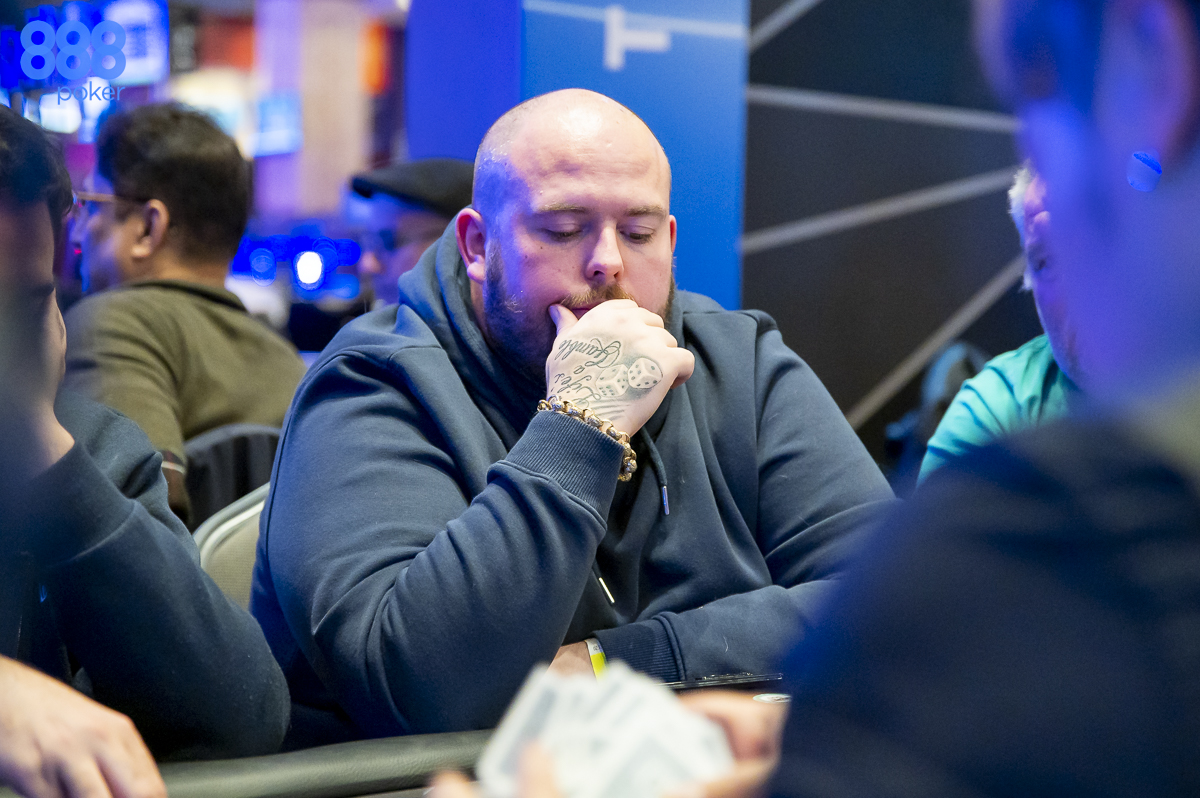
You can also pair your breathing with some positive affirmations or even visualisation. This combination will help you calm down and devise a plan of action for dealing with what is happening.
It’s best to practice diaphragmatic breathing when not in a tilting situation. The more you practise away from the table, the faster you will get at calming down quickly when you are in a tricky spot.
4. Attentional Control
To perform at your best, you must maintain focus and concentration. If you are proficient in concentration, you can direct your mental effort in the face of distractions. This tactic is beneficial when it comes to being mentally tough and resilient.
In fact, mental toughness researchers have found that mentally tough people can actively focus their attention under pressure and refocus quickly in the face of distractions. They can more efficiently direct their attention to the task at hand and deploy their attention in ways that make goal achievement more likely.
Interestingly, attention spans have been steadily decreasing over the last few decades. Most researchers attribute this to new technology and the speed at which we can access information.
It’s harder than ever to maintain focus unless you work at it.
So, how do you train for focus and attention?
The short answer is that you must practise focusing on the task at hand, whether studying, engaging in a conversation, or washing dishes.
- Minimise distractions when you study.
- Put distracting items (like your phone) in another room.
- Train yourself to focus on your goals and the actions that you need to take to achieve them.
Being fully present and aware is what you’re going for; the more you do it, the easier it will become.
5. Goal Setting
Goal setting is a widely recognised effective means of motivation, which is essential to mental toughness. You must be in it for the long haul if you want to be mentally tough.
Goals are beneficial because they provide a clear sense of purpose and direction.
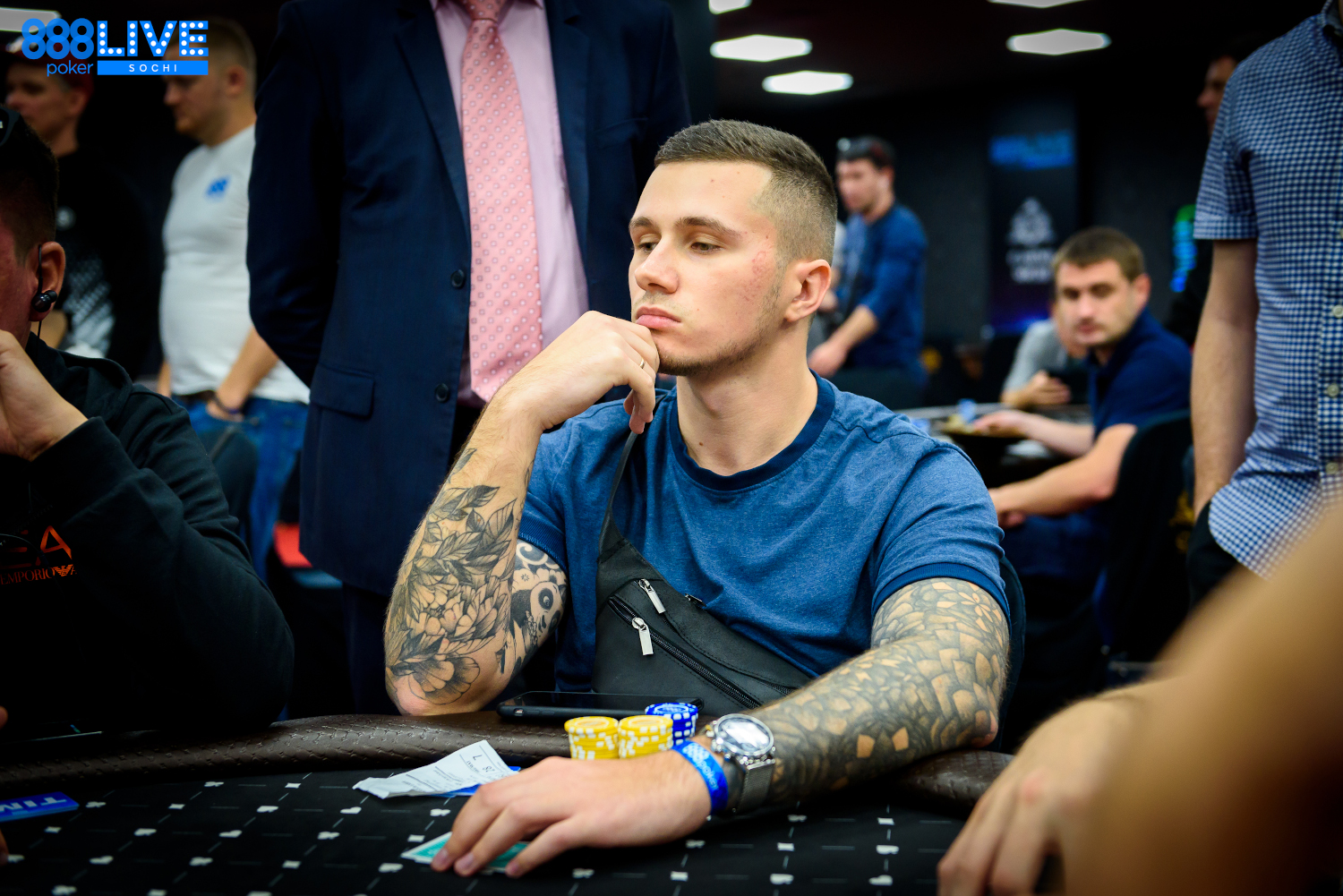
It’s essential to set goals that are clear, measurable, and achievable. Setting them this way helps you figure out and focus on the activities relevant to your goal(s). This method allows you to ignore irrelevant things (aka distractions), leaving you with enough energy to work towards your goals.
You might think setting easy goals would be more motivating than challenging ones because you’re more likely to achieve easy goals. Research shows that the opposite is true.
Challenging goals motivate and inspire action (as long as they are not too challenging).
Manageable goals are typically dull and uninspiring.
Goal setting in this way (precise, measurable, achievable, and challenging) can do the following:
- Increase focus.
- Mobilise effort.
- Enhance long-term persistence.
- Promote new learning strategies.
Learning to optimise your goals should increase your sense of commitment and control, increasing your resilience.
Resilience and Mental Toughness Conclusion
Resilience and mental toughness are closely related and multi-faceted topics. Years of research have shown that developing your mental toughness traits is possible, but it takes consistent effort to do so.
It will require even more mental skills and resources if you decide to take on the challenge of building resilience.
And please don’t forget to have a solid support system. If you do nothing else, please find trustworthy people to support you on your poker journey!
